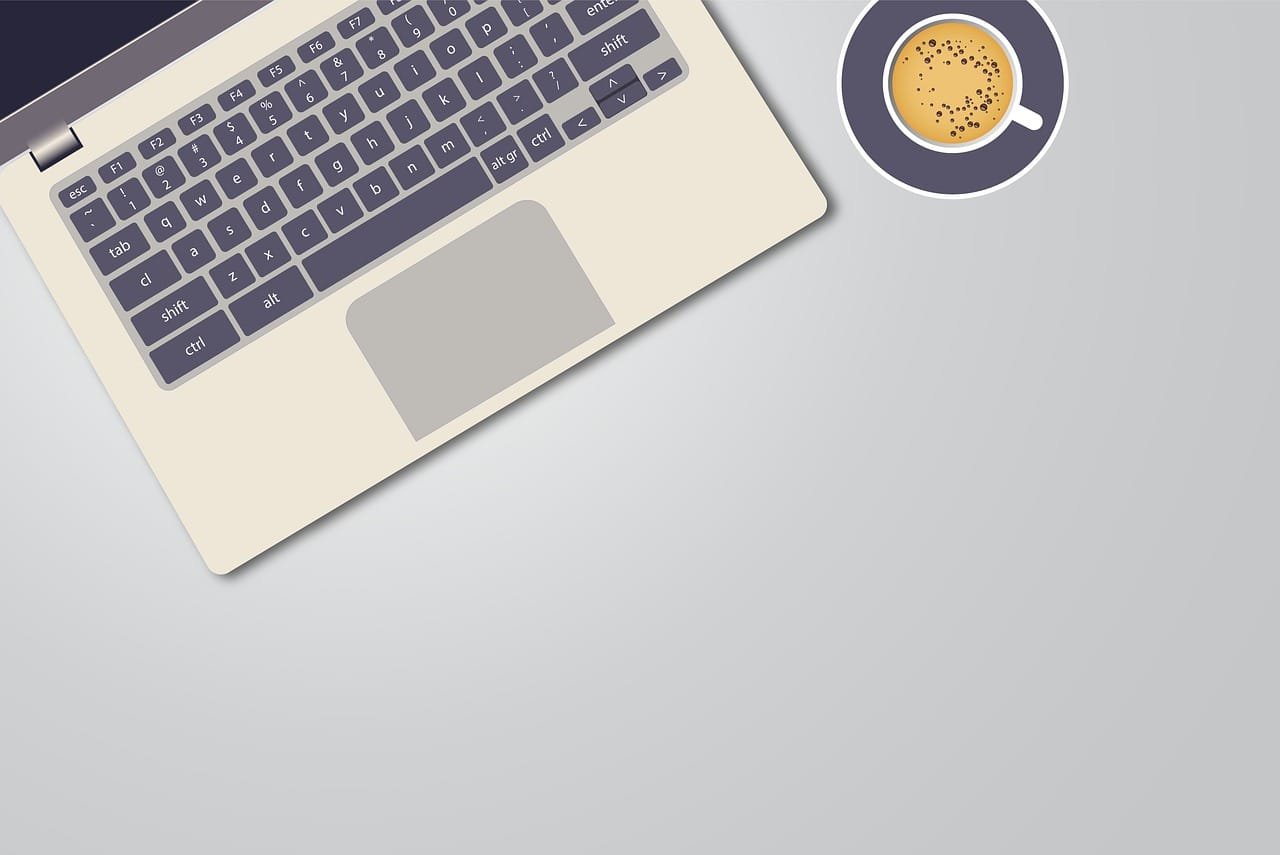In the bustling world of business, finding the perfect CRM (Customer Relationship Management) tool can feel like searching for a four-leaf clover in a vast field. It’s not just about tracking sales or keeping tabs on contacts anymore; it’s about finding a platform that aligns with your business ethos, simplifies your processes, and ultimately helps you grow. Today, we’re pitting two giants against each other: Nimble and SugarCRM. Both platforms have their legions of fans and their unique propositions. But the burning question remains: which one is the best fit for you?
| Nimble | SugarCRM |
|---|---|
 |  |
| G2 Score -4.5 out of 5 | G2 Score -3.9 out of 5 |
| TrustRadius Score -7.4 out of 10 | TrustRadius Score -7.9 out of 10 |
Ease of Use and User Interface
In the digital age, first impressions matter more than ever, and in the world of CRM tools, that first impression often comes from the user interface (UI). A clunky, complicated UI can be a major roadblock to adoption, while a sleek, intuitive interface can make even the most feature-rich CRM a joy to use. Let’s see how Nimble and SugarCRM stack up in this vital area.
Nimble
It prides itself on being not just a CRM but a relationship builder. With a user interface that’s as friendly as the name suggests, Nimble takes the cake for simplicity and intuitiveness. Designed for the modern user, its dashboard is a breath of fresh air, presenting a clear overview of your day’s priorities, from scheduled tasks to social media engagements, all in one place. Nimble integrates seamlessly with a variety of social media platforms, pulling in valuable contact insights and making it easy to connect on a deeper level with clients and prospects. This feature is a gem for small to medium-sized businesses (SMBs) that thrive on personal relationships and social selling.
But Nimble isn’t just about good looks and social savviness. Its interface is thoughtfully designed to reduce the learning curve, making it accessible for teams of all tech competencies. Whether you’re a tech newbie or a seasoned pro, navigating through Nimble’s features feels intuitive, ensuring you spend less time figuring out how to use the tool and more time leveraging it to grow your business.
SugarCRM
On the flip side, it offers a robust, highly customizable platform that caters to businesses with complex needs and processes. While this customization capability is a powerful asset, it comes with a steeper learning curve. SugarCRM’s interface is packed with features and functionalities, which, while beneficial for power users, can be overwhelming for newcomers. The platform shines in environments where customization and deep functionality trump simplicity, such as larger enterprises or businesses with specific, nuanced CRM needs.
SugarCRM’s flexibility means that virtually no two deployments look the same, which is both a strength and a challenge. Tailoring the platform to fit your business perfectly requires time and possibly technical support, but the payoff is a CRM that works exactly how you need it to. For businesses willing to invest the effort into customization, SugarCRM can become an incredibly powerful tool, molding to complex workflows and processes like clay in the hands of a skilled potter.
Pricing and Scalability
When it comes to choosing a CRM, the price tag and the platform’s ability to scale are pivotal factors. Let’s break down how Nimble and SugarCRM measure up in these areas.
Nimble’s Pricing and Scalability

Nimble positions itself as a cost-effective solution with straightforward pricing that appeals especially to small and medium-sized businesses. Its pricing model is simple, with a single plan that includes access to all core features, including contact management, sales and marketing automation, and its acclaimed social media integration. This simplicity makes it easy for businesses to budget for their CRM without worrying about escalating costs as they add more users.
Nimble’s focus on ease of use extends to its scalability. While it’s designed with SMBs in mind, Nimble has the flexibility to accommodate growing businesses. Adding users is a straightforward process, and its cloud-based infrastructure means there’s no need to worry about the IT overhead associated with scaling up. However, businesses with more complex CRM needs might find Nimble’s feature set limiting as they grow, prompting a look towards more customizable, albeit potentially more expensive, solutions.
SugarCRM’s Approach to Pricing and Scalability

SugarCRM offers a tiered pricing strategy, designed to accommodate businesses of all sizes, from small startups to large enterprises. This tiered approach allows businesses to start with a basic set of features and scale up to more advanced functionalities as their needs evolve. The flexibility of SugarCRM’s pricing model means that businesses can tailor the CRM solution to their specific requirements at each stage of their growth.
However, with greater customization and scalability comes a higher complexity in pricing. Businesses may find themselves needing to carefully navigate SugarCRM’s pricing tiers and additional costs associated with customization and integration to ensure that the solution remains cost-effective for their needs.
Additionally, SugarCRM’s robust infrastructure is built to scale, supporting businesses as they expand in size and complexity. This scalability is a significant advantage for enterprises or rapidly growing companies that require a CRM capable of keeping pace with their development, offering advanced features such as detailed analytics, marketing automation, and a highly customizable platform.
Integration Capabilities
A CRM’s value is greatly enhanced by its ability to play nicely with other software applications. Here’s how Nimble and SugarCRM stack up in terms of integration with third-party applications and platforms.
Nimble’s Integration Ecosystem
Nimble shines when it comes to integrating with social media platforms, a core feature that sets it apart. This integration allows businesses to enrich contact profiles with social insights, providing a holistic view of customers and prospects. Beyond social media, Nimble offers integration with a wide array of business tools, including Google Workspace, Microsoft Office 365, and various email marketing platforms like Mailchimp. These integrations are designed to streamline communication, enhance productivity, and facilitate marketing efforts directly from within the CRM.
Nimble’s marketplace features a variety of additional integrations, covering categories from email tracking to customer support and finance, further extending its functionality. The focus is on creating a centralized platform where businesses can manage relationships, communications, and tasks without constantly switching between apps. However, while Nimble covers a broad spectrum of integration needs, businesses requiring highly specialized tools or industry-specific software might find the options somewhat limited.
SugarCRM’s Integration Landscape
SugarCRM boasts a robust set of integration capabilities, designed to meet the needs of complex and varied business processes. Its open architecture and API support a wide range of integrations, from marketing automation tools like Marketo to customer service platforms such as Zendesk. SugarCRM also integrates with leading ERP systems, providing a seamless flow of information between sales, marketing, customer service, and back-office operations.
The platform’s flexibility allows for deep customization and integration, ensuring that businesses can tailor SugarCRM to fit their unique workflows and software ecosystems. This level of integration complexity is particularly beneficial for large enterprises or businesses with highly specialized operational needs. SugarCRM’s commitment to open standards and a developer-friendly environment encourages the creation of custom integrations, further expanding its adaptability.
Analytics and Reporting
The power of a CRM isn’t just in managing relationships but also in its capacity to analyze interactions, sales trends, and customer behavior. Here’s how Nimble and SugarCRM stack up in offering analytical tools and reporting capabilities to their users.
Nimble’s Analytics and Reporting Features
Nimble offers a suite of analytics and reporting features designed to be user-friendly and accessible, even to those with minimal technical expertise. Its dashboard provides an at-a-glance view of sales and engagement activities, helping businesses track performance against goals. Nimble also includes reporting tools that allow for the monitoring of social engagement, sales pipeline, and email marketing effectiveness.
While Nimble’s analytics are robust enough for small to medium-sized businesses, offering key insights into customer interactions and sales trends, they might not be as deep or customizable as larger enterprises may require. The focus is on providing straightforward, actionable insights that can be quickly understood and acted upon, making it an excellent choice for businesses that need simplicity and efficiency in their analytics.
SugarCRM’s Approach to Analytics and Reporting
SugarCRM, on the other hand, takes a more comprehensive approach to analytics and reporting, catering to businesses that require deep data analysis and highly customizable reports. Its advanced reporting features enable users to create complex reports and dashboards that can drill down into minute details of sales performance, customer interactions, and marketing campaigns.
SugarCRM’s analytics capabilities are further enhanced by its AI-driven insights, offering predictive analytics that can forecast sales trends and identify opportunities for growth. For businesses with the resources to delve into detailed data analysis, SugarCRM provides a powerful toolset that can uncover nuanced insights and support data-driven decision-making at a strategic level.

Related: Check out our free SEO suite

Customer Support and Training
A robust CRM system is only as good as the support and training that comes with it. Here’s how Nimble and SugarCRM compare in terms of helping their users get the most out of their platforms.
Nimble’s Approach to Customer Support
Nimble offers several avenues for customer support, including email support, a comprehensive online knowledge base, and community forums where users can ask questions and share insights. Additionally, Nimble provides a range of how-to articles, video tutorials, and webinars designed to help users navigate the platform and utilize its features effectively.
One of the standout aspects of Nimble’s support is its focus on accessibility and user-friendliness, mirroring the overall design philosophy of the CRM. However, it’s worth noting that Nimble does not offer phone support, which could be a downside for businesses that prefer speaking to a support representative directly. Despite this, the breadth of online resources and responsive email support generally compensates for this gap, especially for SMBs with straightforward CRM needs.
SugarCRM’s Customer Support and Training Services
SugarCRM, catering to a wide range of businesses from SMBs to large enterprises, offers a more tiered approach to customer support. Support options vary by subscription level, with higher-tier plans offering phone support and access to a dedicated customer success manager. All users benefit from SugarCRM’s extensive knowledge base, online training materials, and community forums.
Additionally, SugarCRM provides professional services, including onboarding, training, and customization help, which can be particularly valuable for businesses looking to tailor the CRM to their specific processes. This level of support and training is designed to ensure businesses can fully leverage the power and flexibility of SugarCRM, though it may come at an additional cost.
Final Thoughts
As we wrap up our comprehensive comparison between Nimble and SugarCRM, it’s clear that choosing the right CRM platform hinges on understanding the unique needs, processes, and growth trajectory of your business. Both Nimble and SugarCRM bring distinct advantages to the table, each tailored to cater to different segments of the market with their specific features, pricing, integration capabilities, customer support, and analytics.
READ NEXT:
- 11 Best Market Research Tools for All Your Needs: 2023 Review
- The Importance of GDPR Compliance in Influencer Marketing
- “Clicky vs Hotjar: The Best Analytics Tool for You”
- Business Going Bankrupt? Here’s What You Should Do (Indian Insolvency Law)
- Elementor vs Pagewiz: The Best Landing Page Tool for You
- 9 Best Marketing CRM Software (For You): In 2023
- 19+ Top Customer Relationship Management (CRM) Software: What’s Best?





















